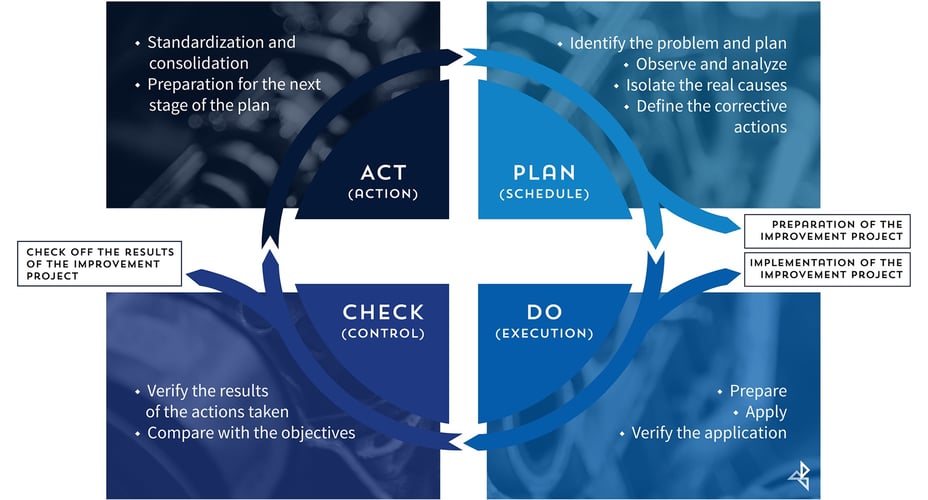 With the increased emphasis on quantifying the results of public relations actions, having a solid grasp of the fundamentals of measurement and evaluation is essential in making wise decisions around the use of data. Although many people put them together, measurement and evaluation are separate concepts. To be most effective, you must remember that they’re distinct tasks at different places within the framework of data collection and analysis.
With the increased emphasis on quantifying the results of public relations actions, having a solid grasp of the fundamentals of measurement and evaluation is essential in making wise decisions around the use of data. Although many people put them together, measurement and evaluation are separate concepts. To be most effective, you must remember that they’re distinct tasks at different places within the framework of data collection and analysis.
Measurement
Measurement is the action of collecting data to determine the size, amount and degree of change. You can categorize data as quantitative or qualitative. Quantitative data is what we usually think of when we hear the word data: numbers that we collect, aggregate or disaggregate and then manipulate for statistical analysis. In fact, a hint for remembering the difference between the two is the “n” in quantitative has to do with number or quantity. When we look at qualitative data, we’re looking at data that describes the qualities of a state or situation. Often this data is part of focus groups, interviews and what we see when examining sentiment on social media. From there, we categorize or organize the data so that we can make sense of it.
For example, let’s look at some fictional Twitter data for a fictional product we’ll call Widget. Our analysis software shows that this week people have used the hashtag “widget” 545 times; they’ve liked @widget account’s posts 3500 times; and the Widget Twitter account has 97 new followers. That’s all quantitative data. We also find that when people share #widget, they’re mostly using words like “love,” “easy,” “happy,” “wish” and “finally” or variations of those themes. Users like the @widget posts that have to do with tips for use and funny memes – and not those posts that reference other products from the same company. That is qualitative data. By collecting and measuring both kinds, we have the information we need for evaluation.
Evaluation
Evaluation is the process of assessing the impact and value of a series of actions in achieving desired outcomes from start to finish. You can’t evaluate unless you have a stated business problem, SMART goal and objectives. Of course, you can describe the data you measured, however, that alone is not evaluation. You can use the measured information to inform the business problem, to set goals, to collect new data and to evaluate and then use that information to set new goals. If it sounds like I’m talking in circles, I am. It’s a cycle, described in the graphic below. The M&E process never stops, and it may change as a company grows, changes targets and gets new management.

Source: Deming, W.E., 1950.
Elementary Principles of the Statistical Control of Quality, JUSE
Learn how to maximize your PR investment with Axia Public Relations’ complimentary e-book. The pros at Axia have experience helping companies set PR goals that reflect current needs and long-term vision, while using solid data practices and comprehensive analysis software.
Clients love Noell’s high tech PR and instructional design experience. She earned her Master of Science in information technology management and business analytics from University of North Carolina. Noell has worked with Axia since November 2017.
Featured image credit: 123rf.com
Topics: measurement, earned media


Comment on This Article